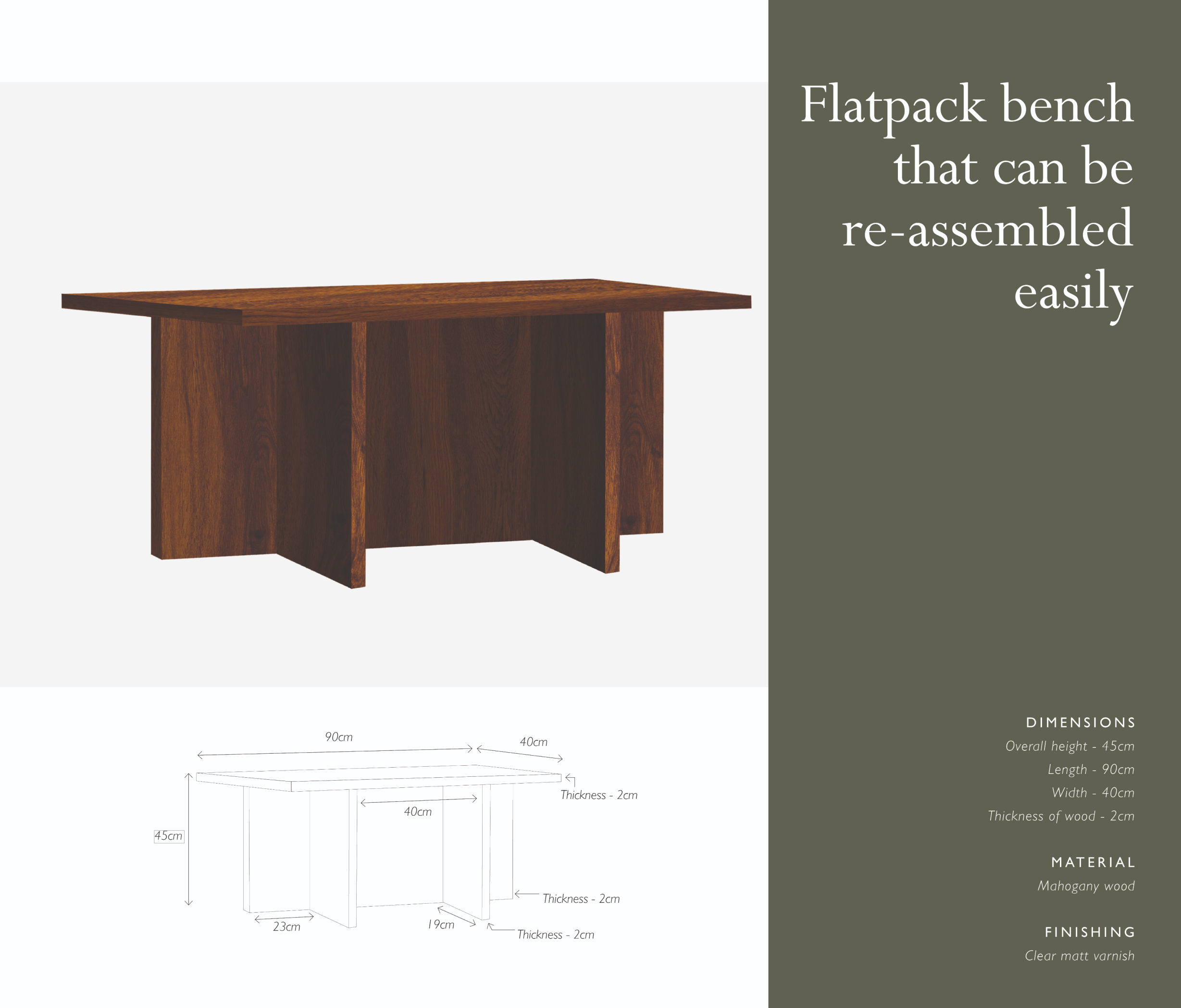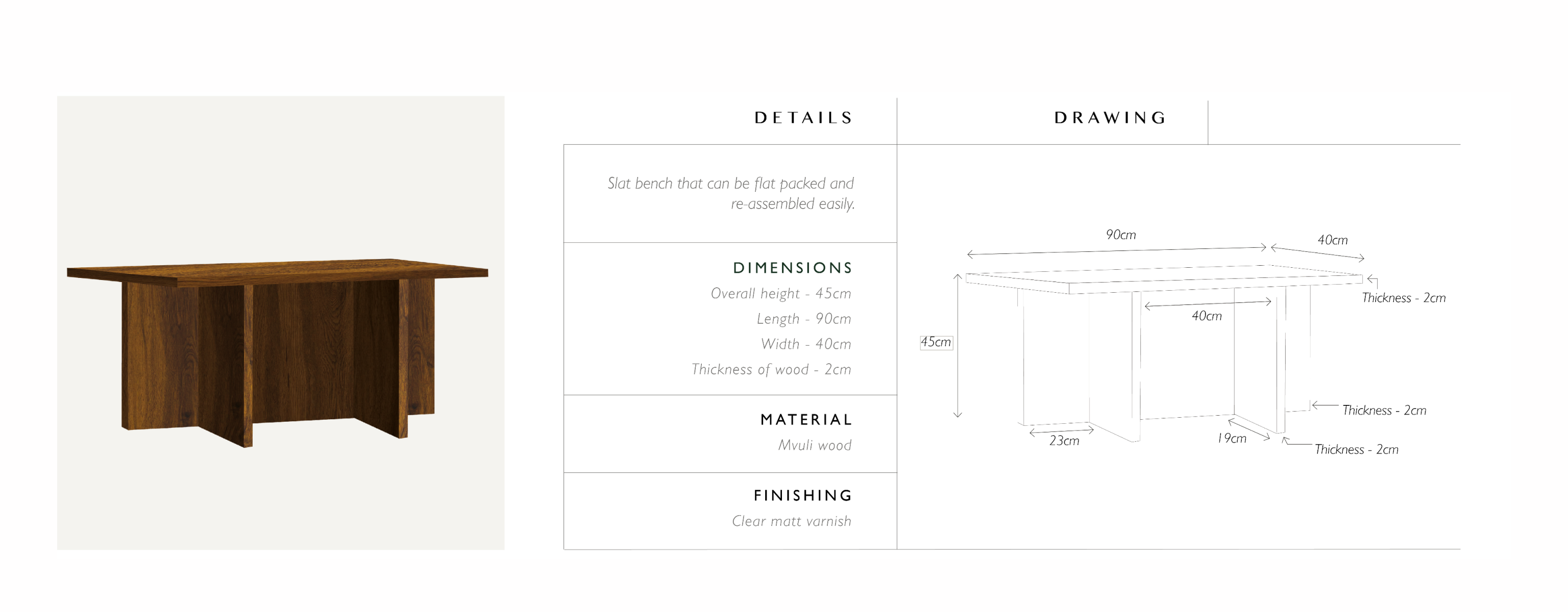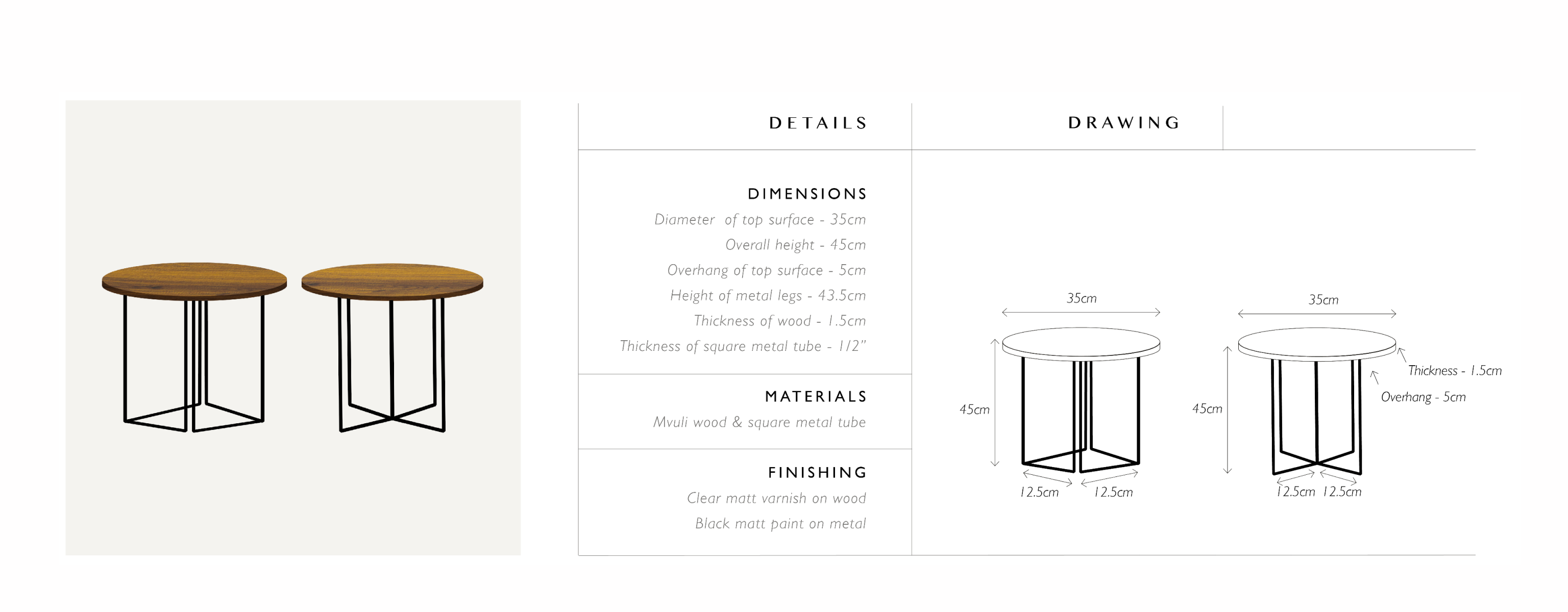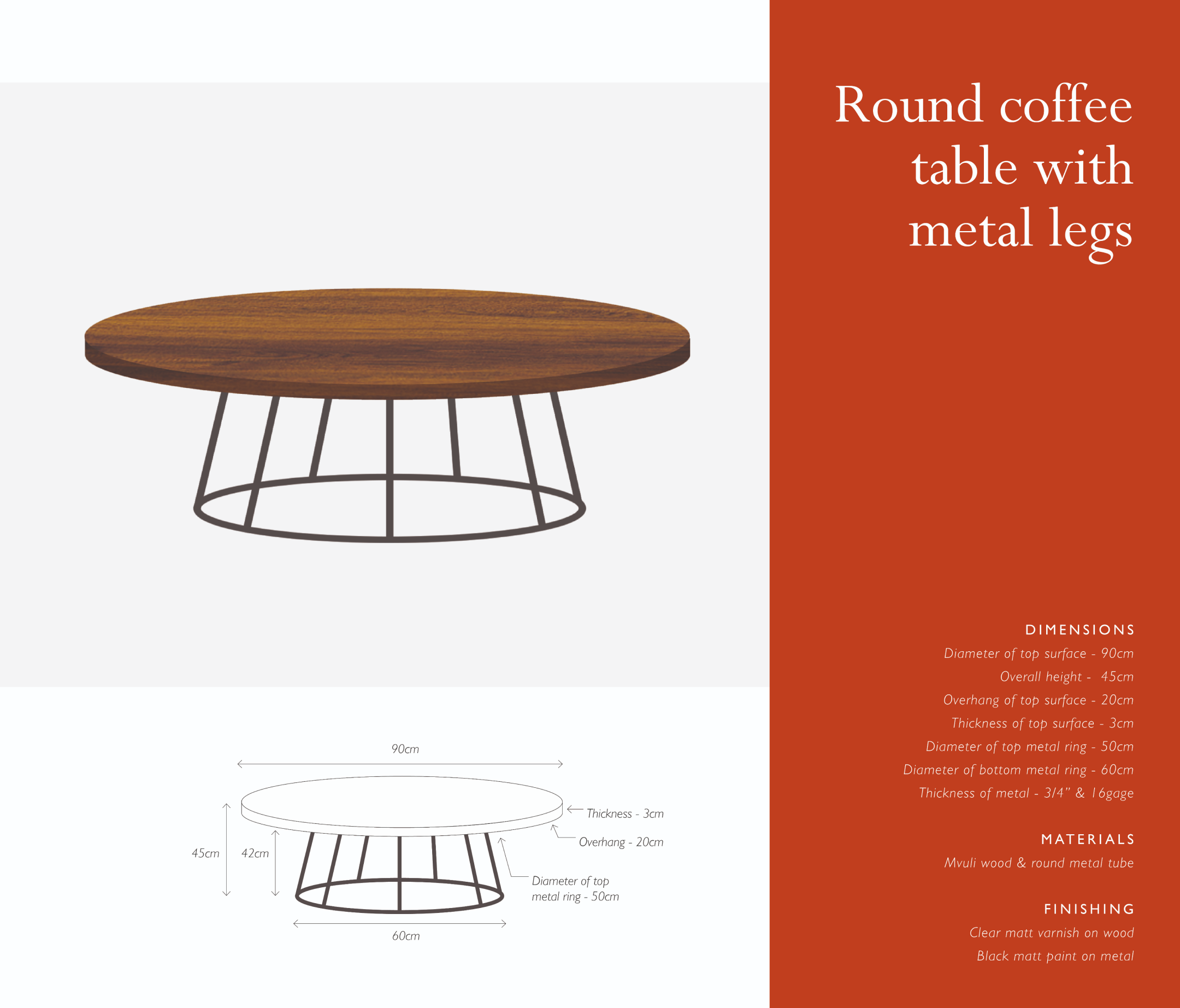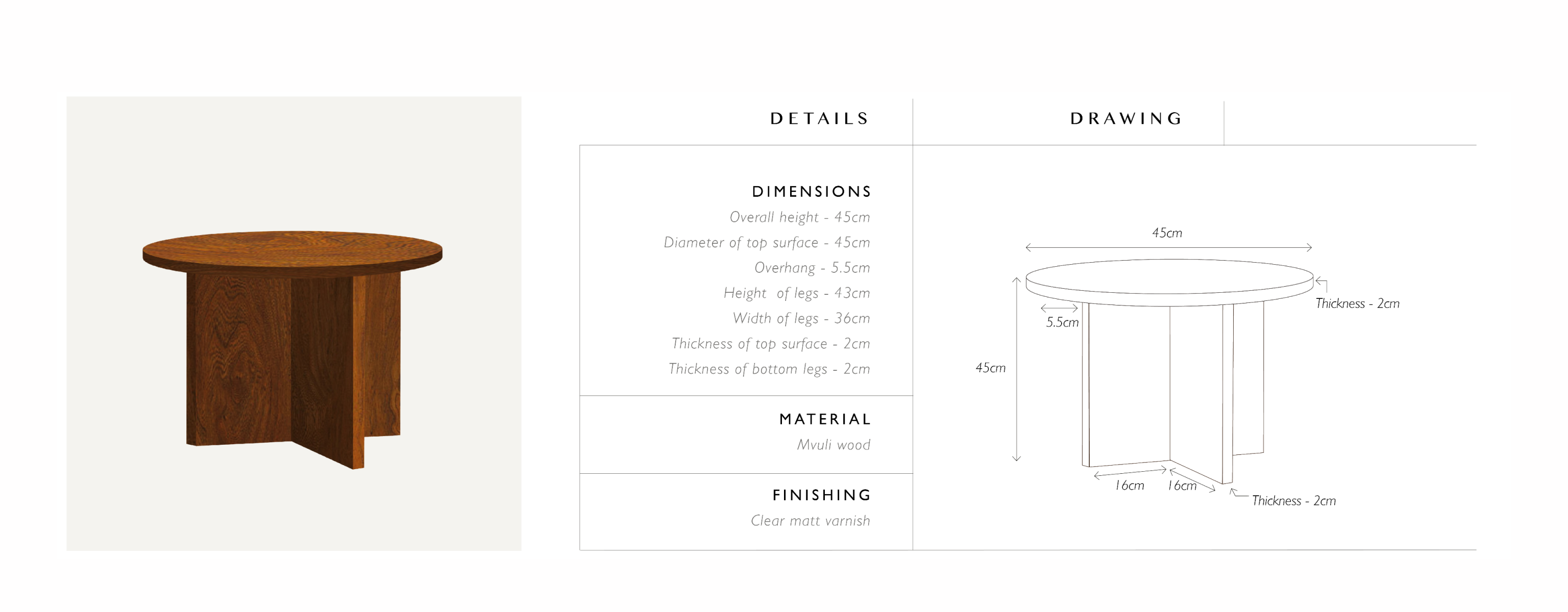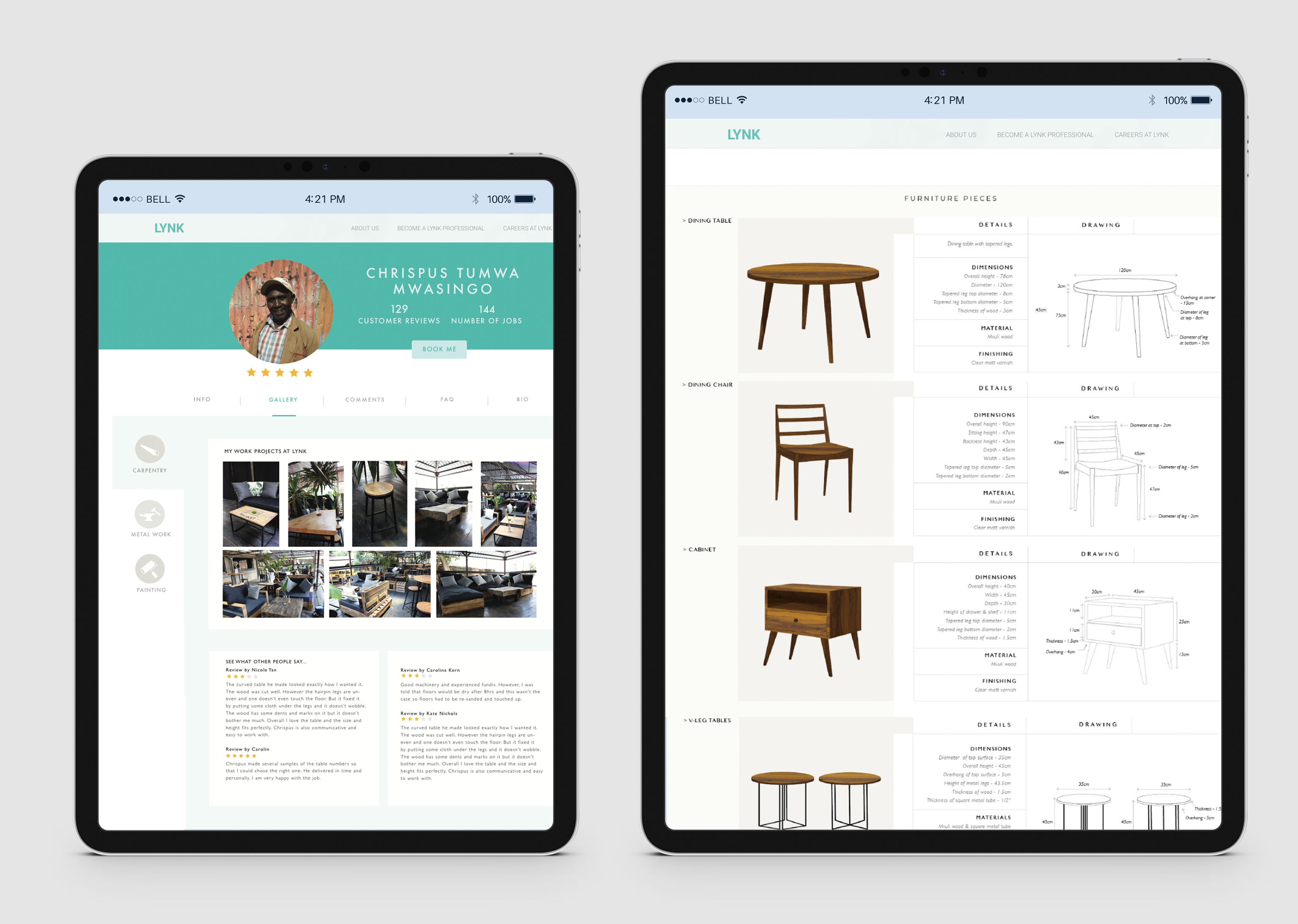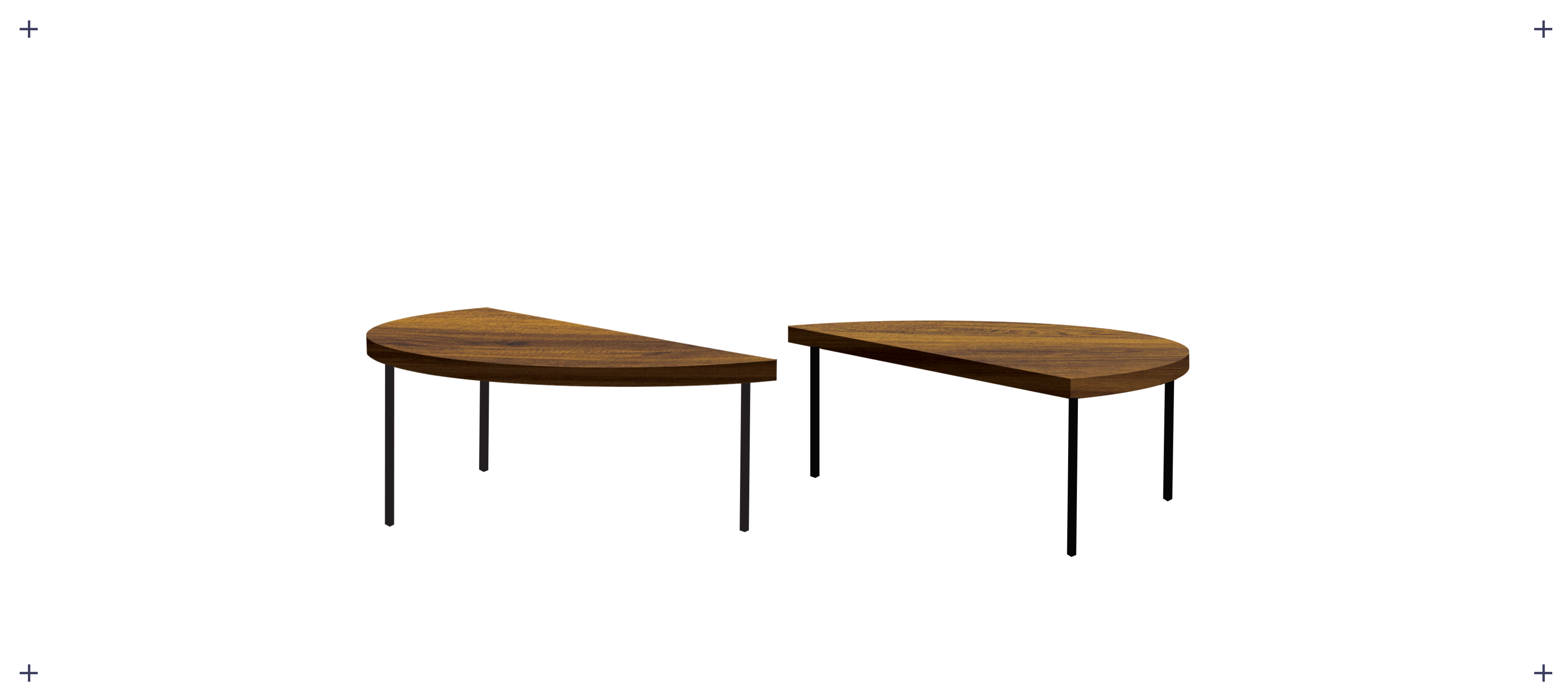
Developing Furniture Concepts
At LYNK, a start-up committed to social entrepreneurship and creating easy access to employment for informal sector workers, we set out to simplify and improve the scalability of furniture pieces being made.
+ Project - Furniture Concepts
+ Company - LYNK, Nairobi, Kenya
+ Role - Product & Furniture design | Strategy | Facilitation
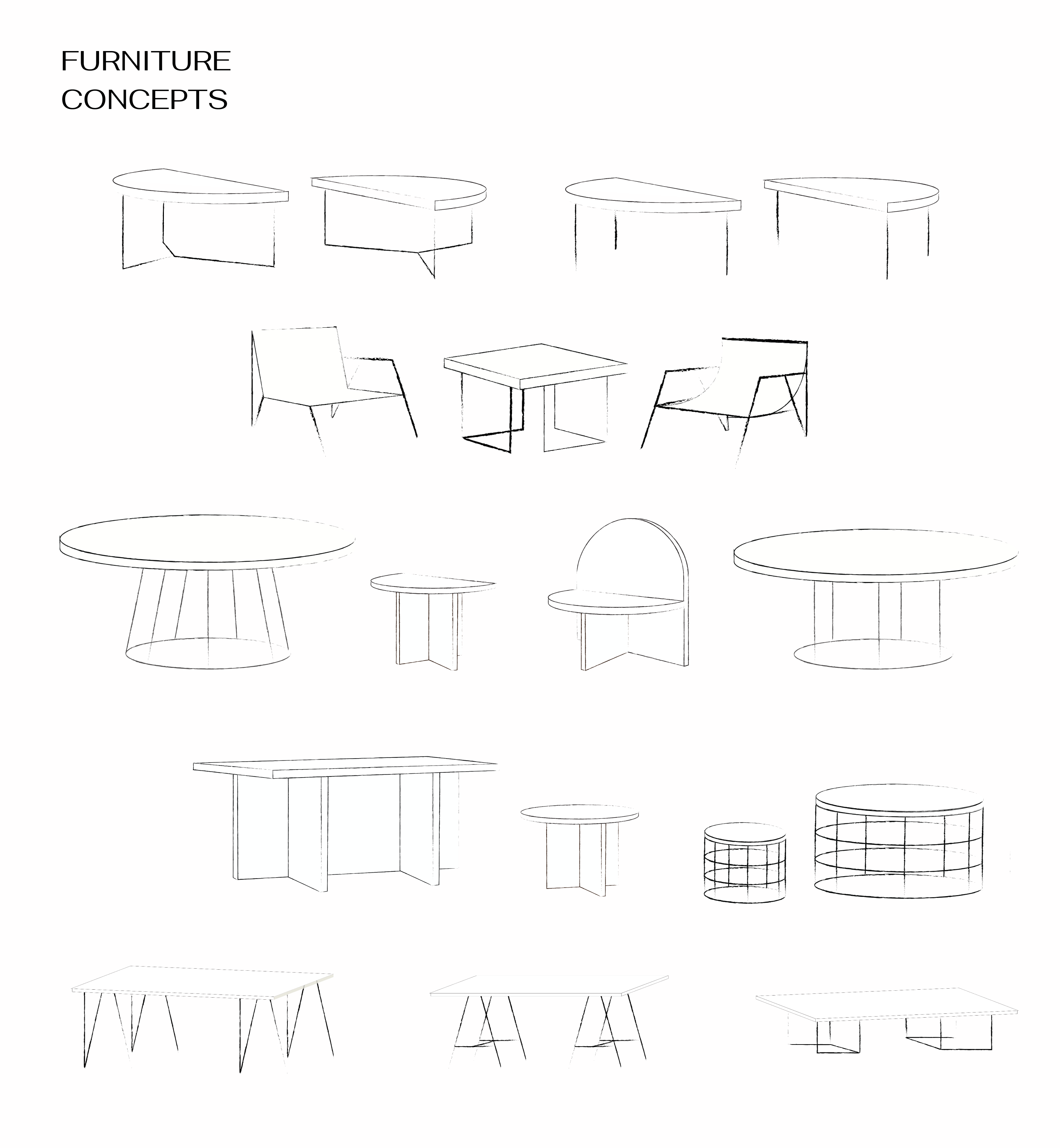

The furniture pieces being sold on the platform were primarily tailored to customers needs and preferences, often unique and one-off pieces. Alongside this, we wanted to develop furniture concepts that were more replicable, scalable, easy to transport and modular. Using the database of furniture, I collaborated with carpenters to evaluate the feasibility of the concepts and figure out how their skillsets could align with different furniture concepts.
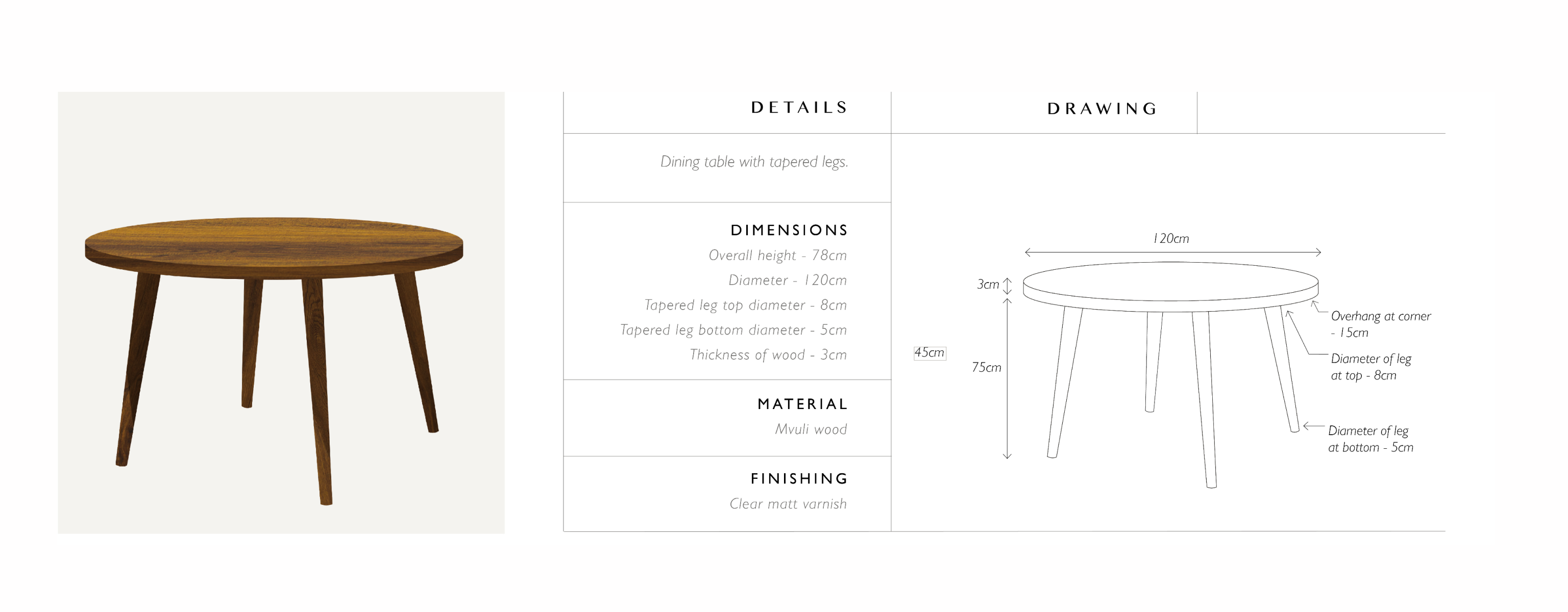 Evaluating Skillsets
Evaluating SkillsetsWe evaluated what types of skillsets different carpenters and makers have and categorized client requests into different themes and types of furniture.
 Standardizing Furniture
Standardizing FurnitureWe simplifying furniture styles and standardized certain measurements. Creating room for modularity, customization, mixing and matching furniture components.
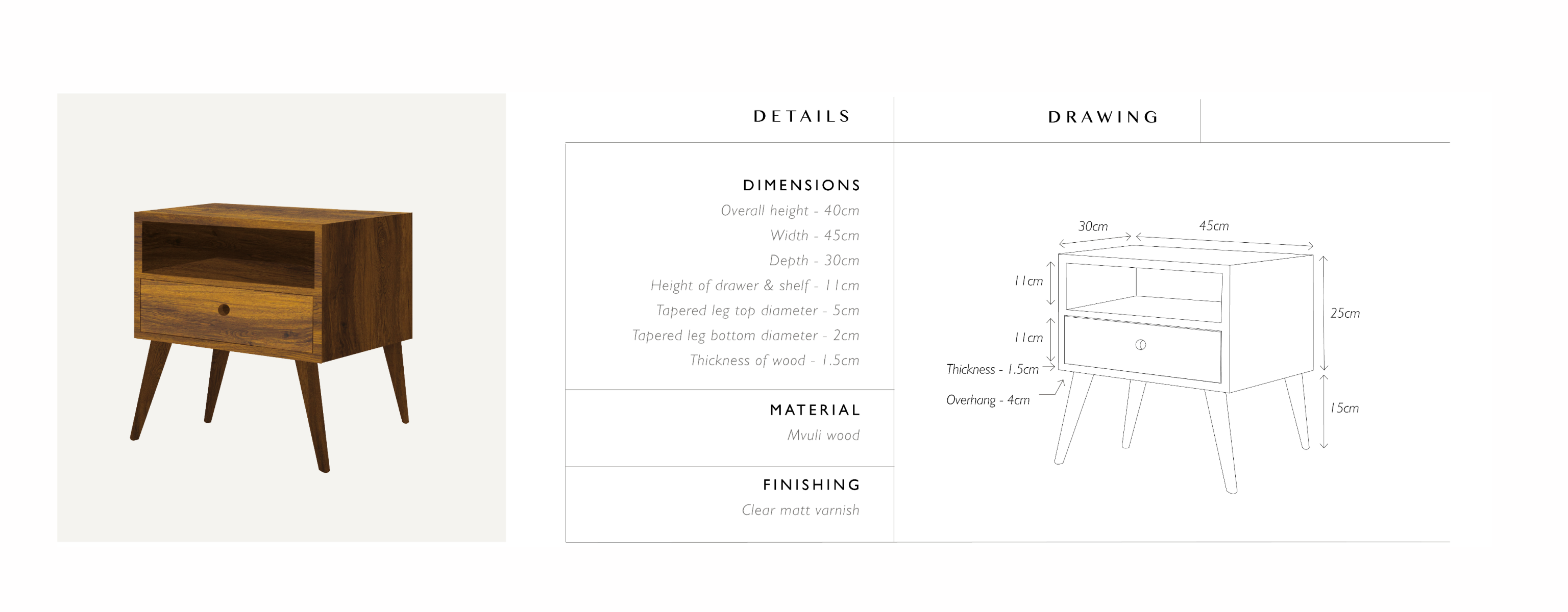 Matching ‘Furniture Families’
Matching ‘Furniture Families’Matching carpenter skillsets to different ‘furniture families’ or pieces of furniture.
Colloboratively, we designed a variety of ‘furniture families’ that resolved problems around assembly and transportation, resulting in simple pieces that are assembled by slotting into one another and can be flatpacked for ease of transportation. Apart from standardizing pieces of furniture by assimilating size and style, customers would have the option of customizing pieces of furniture by mixing and matching the legs of stool and tables.
Colloboratively, we designed a variety of ‘furniture families’ that resolved problems around assembly and transportation, resulting in simple pieces that are assembled by slotting into one another and can be flatpacked for ease of transportation. Apart from standardizing pieces of furniture by assimilating size and style, customers would have the option of customizing pieces of furniture by mixing and matching the legs of stool and tables.
